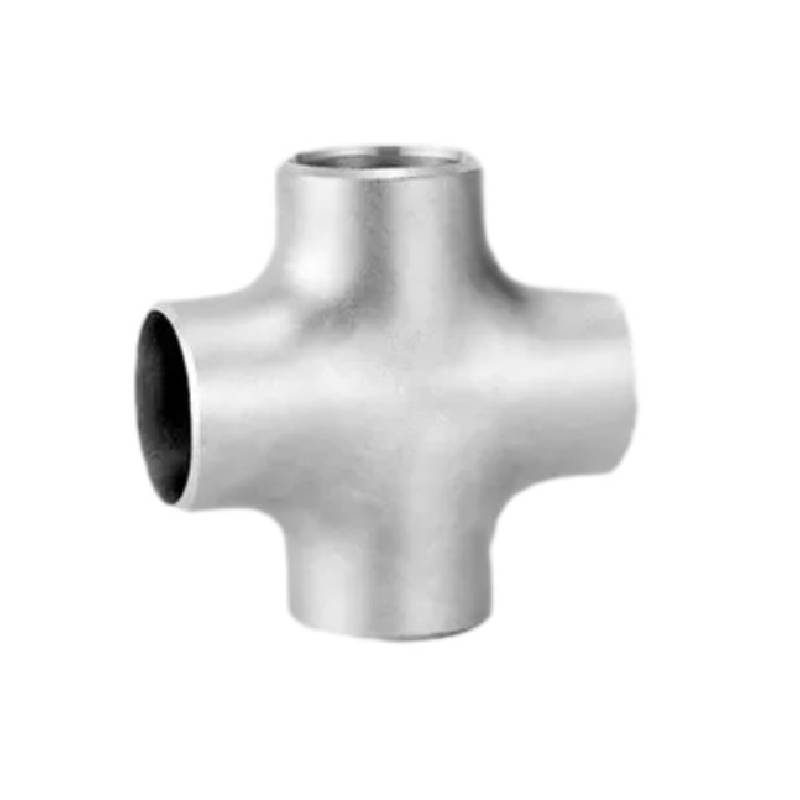-
Cangzhou Yulong Steel Co., Ltd.
-
Phone:
+86 13303177267 -
Email:
admin@ylsteelfittings.com
- English
- Arabic
- Italian
- Spanish
- Portuguese
- German
- kazakh
- Persian
- Greek
- French
- Russian
- Polish
- Thai
- Indonesian
- Vietnamese
- Zulu
- Korean
- Uzbek
- Hindi
- Serbian
- Malay
- Ukrainian
- Gujarati
- Haitian Creole
- hausa
- hawaiian
- Hebrew
- Miao
- Hungarian
- Icelandic
- igbo
- irish
- Japanese
- Javanese
- Kannada
- Khmer
- Rwandese
- Afrikaans
- Albanian
- Amharic
- Armenian
- Azerbaijani
- Basque
- Belarusian
- Bengali
- Bosnian
- Bulgarian
- Catalan
- Cebuano
- China
- China (Taiwan)
- Corsican
- Croatian
- Czech
- Danish
- Esperanto
- Estonian
- Finnish
- Frisian
- Galician
- Georgian
- Kurdish
- Kyrgyz
- Lao
- Latin
- Latvian
- Lithuanian
- Luxembourgish
- Macedonian
- Malgashi
- Malayalam
- Maltese
- Maori
- Marathi
- Mongolian
- Myanmar
- Nepali
- Norwegian
- Norwegian
- Occitan
- Pashto
- Dutch
- Punjabi
- Romanian
- Samoan
- Scottish Gaelic
- Sesotho
- Shona
- Sindhi
- Sinhala
- Slovak
- Slovenian
- Somali
- Sundanese
- Swahili
- Swedish
- Tagalog
- Tajik
- Tamil
- Tatar
- Telugu
- Turkish
- Turkmen
- Urdu
- Uighur
- Welsh
- Bantu
- Yiddish
- Yoruba

Nov . 11, 2024 12:22 Back to list
ansi b16 5 standard
Understanding ANSI B16.5 Standard An Essential Guide to Flanges
The ANSI B16.5 standard is a crucial reference in the realm of piping components, particularly flanges. Established by the American National Standards Institute (ANSI), this standard outlines the specifications for flanges used in various industrial applications. It serves as a foundation for manufacturers and engineers, ensuring uniformity and interoperability in flange design and use.
Scope of ANSI B16.5
ANSI B16.5 specifies the dimensions, tolerances, materials, marking, and testing requirements for piping flanges that are designed for use in pressure applications. The standard encompasses a wide variety of flange types, such as weld neck, slip-on, threaded, and blind flanges, each suited for specific applications based on design needs and environmental conditions.
Flanges are critical components in piping systems, as they provide a means for connecting pipes, valves, pumps, and other equipment. A reliable flange connection is essential for maintaining the integrity of a piping system under various pressure and temperature conditions.
Material Specifications
One of the key aspects of the ANSI B16.5 standard is its guidance on material specifications. Flanges can be produced from various materials, including carbon steel, stainless steel, and alloys, depending on the application's requirements. The standard provides criteria for selecting appropriate materials, emphasizing factors such as corrosion resistance, strength, and durability. This ensures that flanges will perform reliably in harsh environments, whether exposed to chemicals, high temperatures, or mechanical stress.
Dimension and Tolerances
ansi b16 5 standard

Dimensioning and tolerances are critical in ensuring that flanges fit correctly within a piping system. The ANSI B16.5 standard specifies the nominal dimensions for flange sizes ranging from 1/2 inch to 24 inches in diameter, including both the overall dimensions and the bolt circle diameters. Adherence to these specifications helps prevent misalignments and leaks, which can lead to system failures and expensive downtime.
The standard also delineates the different pressure classes (150, 300, 400, 600, 900, 1500, and 2500) that correspond to specific wall thicknesses and flange sizes, allowing engineers to select the right flange for high-pressure applications. The classification system ensures that flanges exhibit optimal performance under corresponding pressure conditions.
Marking and Certification
Proper identification of flanges is essential for traceability and safety. According to ANSI B16.5, flanges must be marked with critical information, including the manufacturer’s name, the material grade, the pressure class, and the size. This enables end-users to verify the integrity and specifications of the flange before installation.
In addition, the standard encourages manufacturers to adopt third-party certifications to enhance product reliability and safety. By ensuring that the flanges adhere to established quality standards, engineers can have confidence in their performance.
Conclusion
ANSI B16.5 plays a pivotal role in the design and manufacturing of flanges, contributing to safety, reliability, and efficiency in piping systems. By adhering to this standard, manufacturers, engineers, and contractors can ensure they are using compatible and high-quality components, significantly reducing the risk of system failures. Understanding the ANSI B16.5 standard is essential for anyone involved in the design, installation, or maintenance of piping systems, as it lays the groundwork for achieving operational excellence.
Latest news
-
ANSI 150P SS304 SO FLANGE
NewsFeb.14,2025
-
ASTM A333GR6 STEEL PIPE
NewsJan.20,2025
-
ANSI B16.5 WELDING NECK FLANGE
NewsJan.15,2026
-
ANSI B16.5 SLIP-ON FLANGE
NewsApr.19,2024
-
SABS 1123 FLANGE
NewsJan.15,2025
-
DIN86044 PLATE FLANGE
NewsApr.19,2024
-
DIN2527 BLIND FLANGE
NewsApr.12,2024
-
JIS B2311 Butt-Welding Fittings LR/SR 45°/90° /180°Seamless/Weld
NewsApr.23,2024











